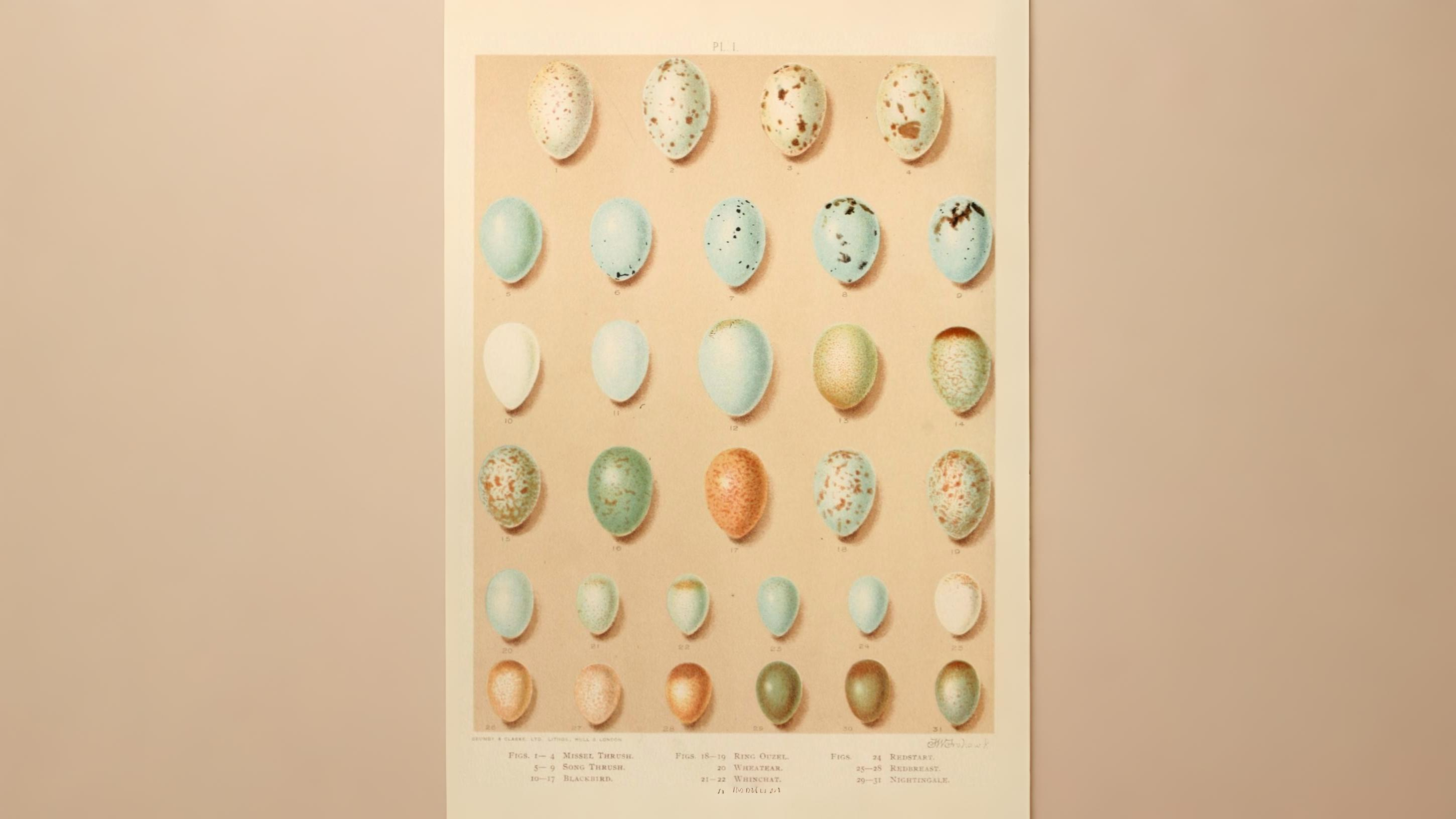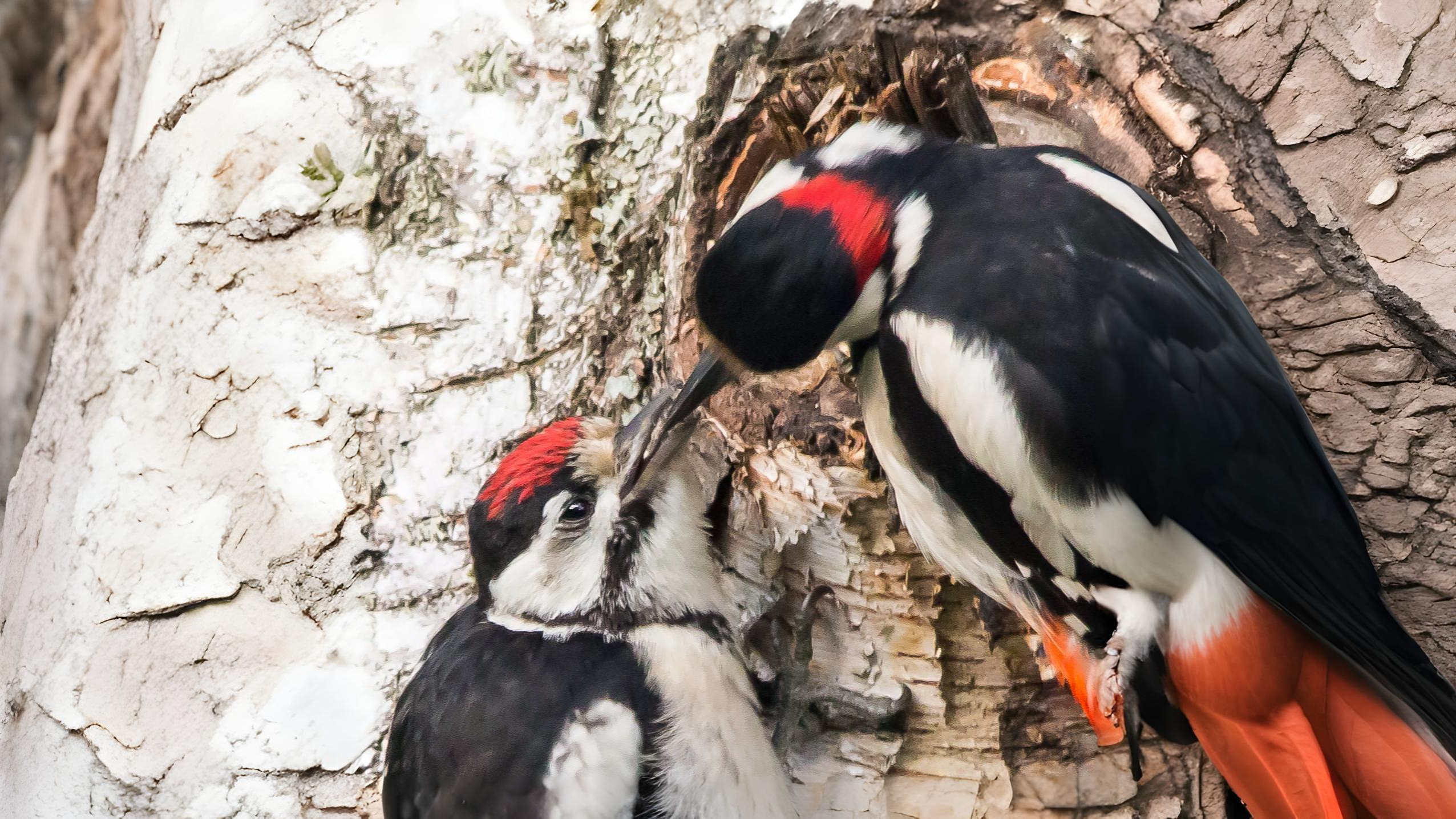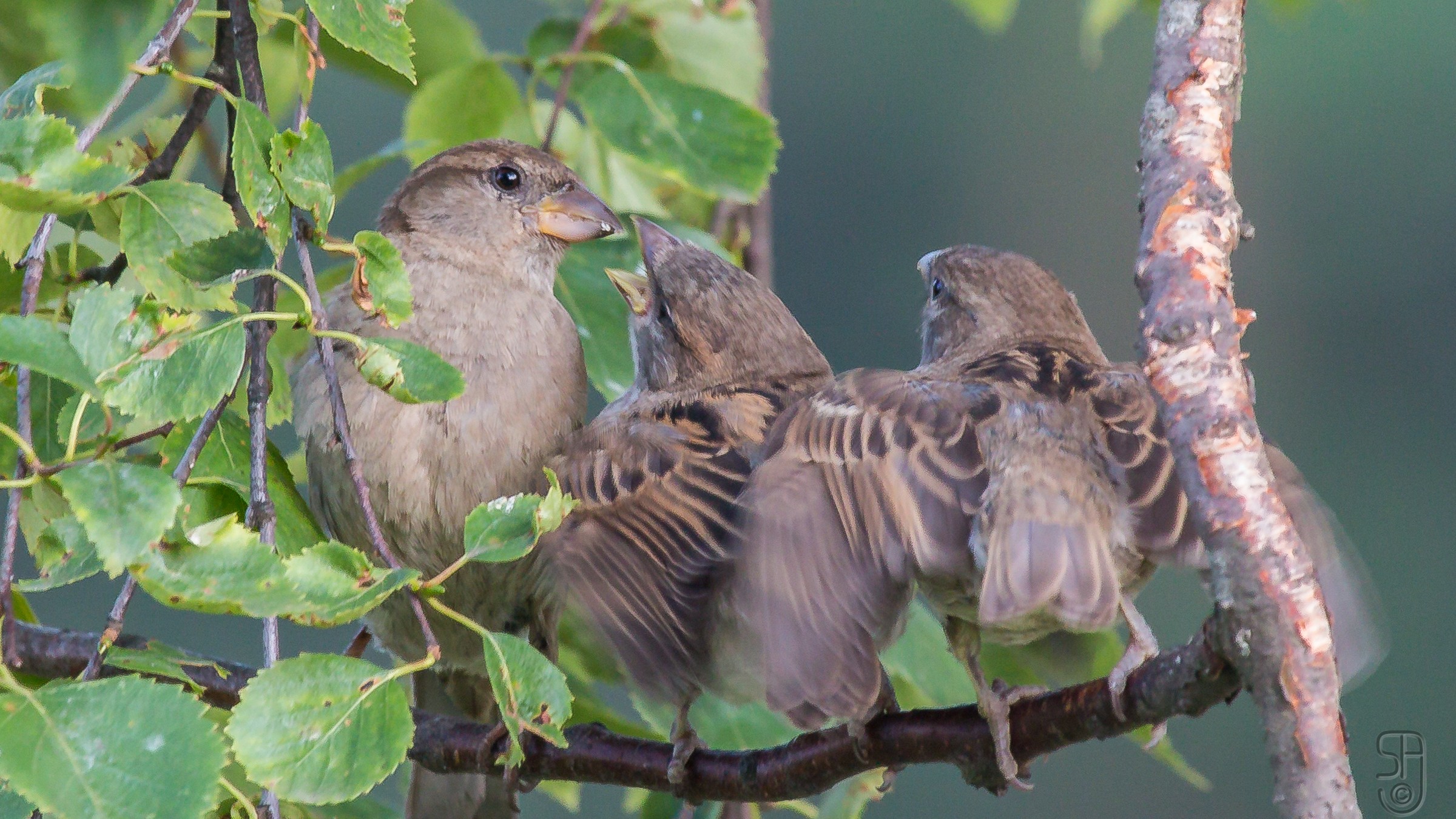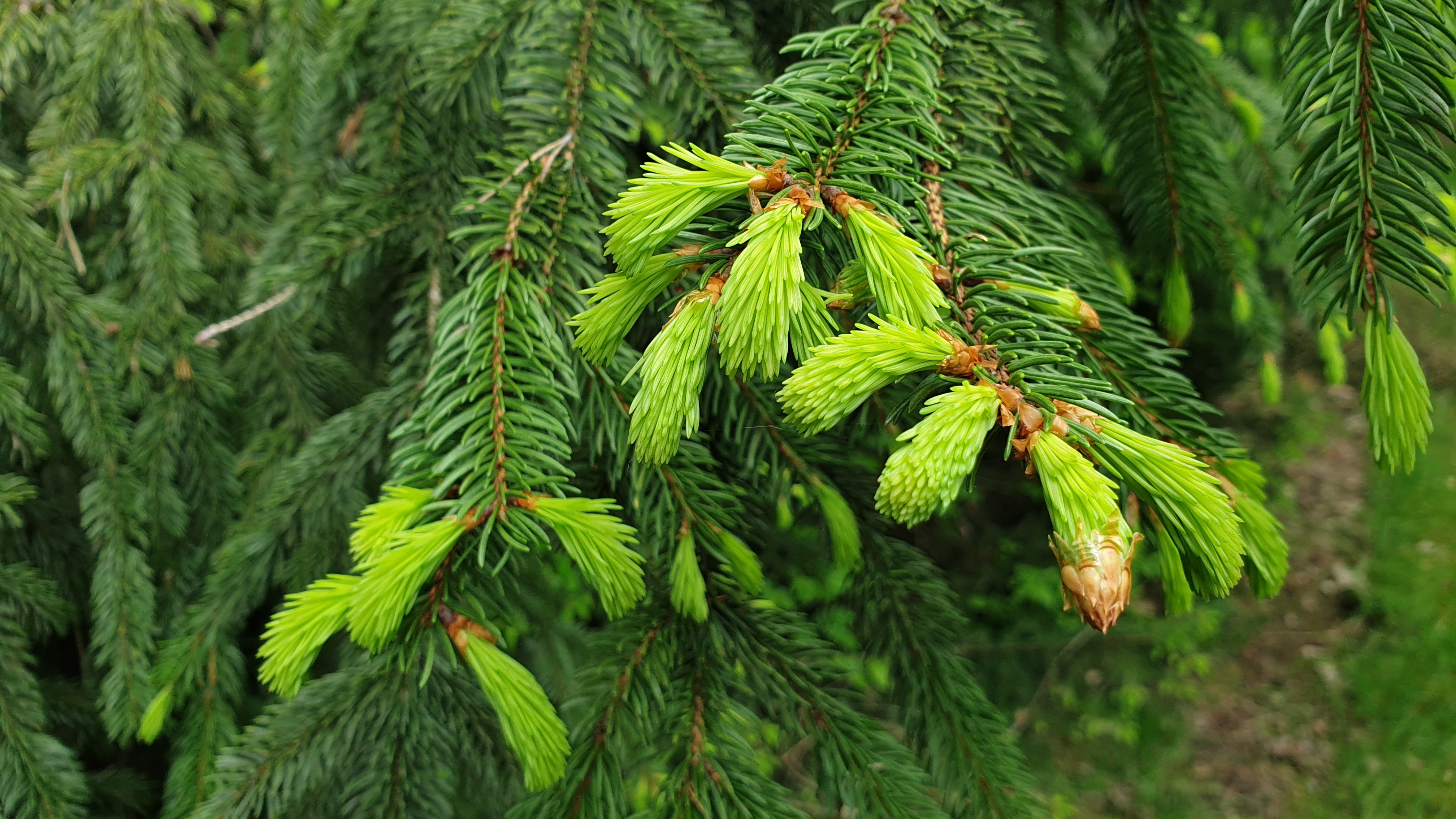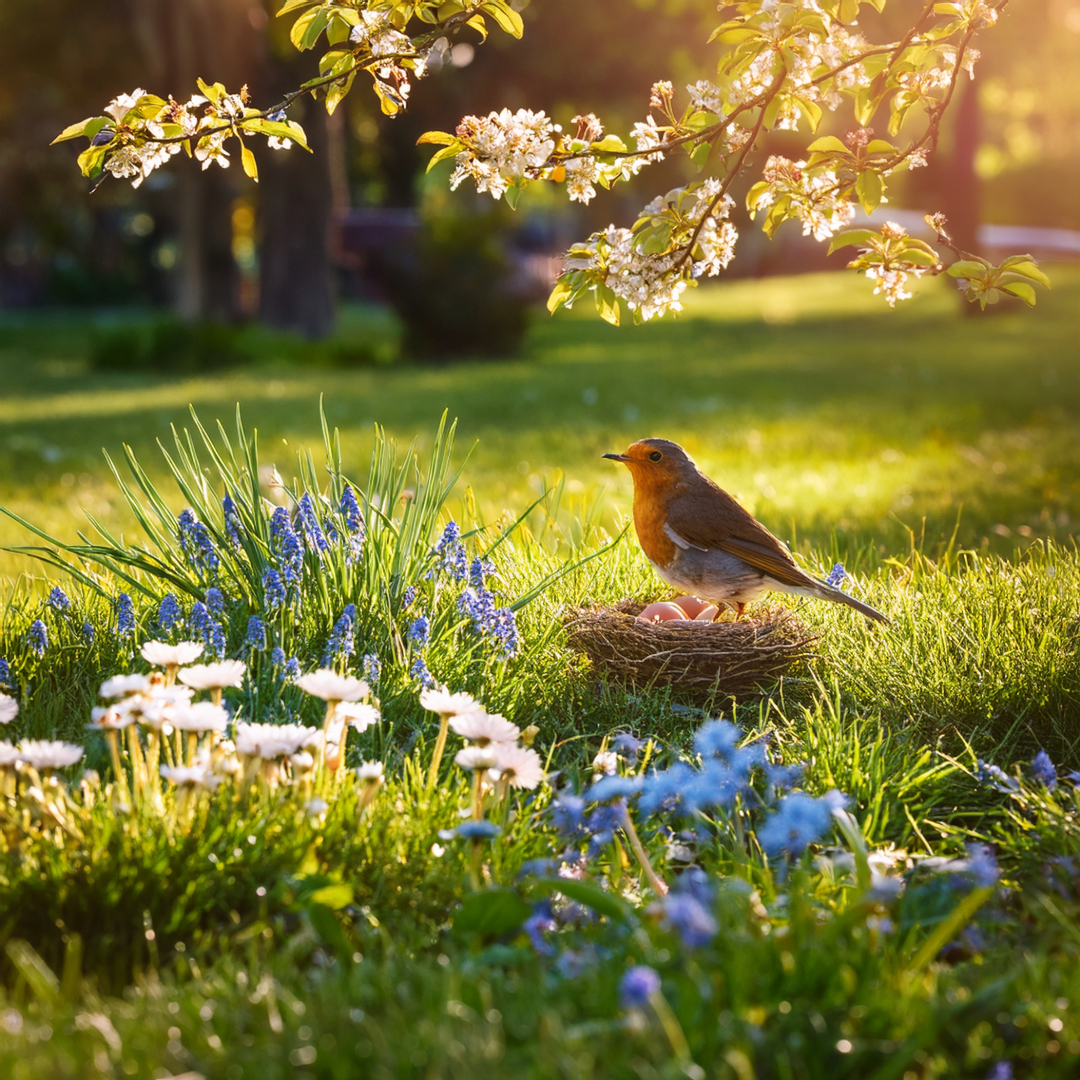
Discover the dazzling diversity of birds' eggs—from brilliant blues to devilish scribbles—and the perilous journey of fledglings leaving the nest. Why do some eggs stay hidden, while others shine like jewels? And how does May transform London’s landscapes into a riot of colour?


Size also differs radically from the tiny 13 millimetre egg of the goldcrest to the egg of a mute swan which is almost ten times longer. Clutch sizes are equally as varied. Hobbies can lay as few as two eggs, tits often have ten or more and partridges may have twenty. Egg shape is usually uniform, although lapwings have eggs which are more pear-shaped. The number of broods also differs. Blackbirds and blue tits may already be on their second brood and sparrows could go on to have as many as five. Good weather will generally encourage birds to lay earlier than usual, and cold weather may result in smaller clutches, as well as smaller and even thinner-shelled eggs. Thankfully, all this goes unnoticed in our woods, gardens, commons and reed beds, all of which are full of eggs in May.
